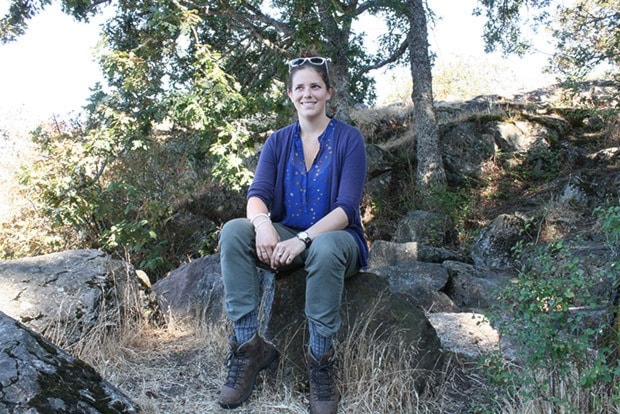As analysts the world over continue to fan the flames of urban density as an important part of a sustainable existence, Victoria’s Habitat Acquisition Trust is keen to trumpet the need for trees.
Canopy loss is a primary focus for HAT, which is turning its attention to the private landowners with the launch of its new Urban Forest project in Greater Victoria.
“Urban trees are low maintenance, and provide shade and wind protection that can be economically beneficial,” said stewardship co-ordinator Jill Robinson. “The goal for the Urban Forest project is to engage private landowners and help them care for their trees,”
HAT will soon offer tree maintenance and pruning workshops as well as tree planting workshops.
There are many facets regarding the retention of tree canopy including the previously overseen benefit of leaving dead trees, or snags, untouched whenever safe, Robinson said.
“We acknowledge there are times when live or dead trees need to be removed for safety reasons but we also want to encourage dead trees be left standing, if possible, as they’re an important part of the ecosystem,” Robinson said.
“It was assumed that dead trees had no value,” she added.
However, species such as the western screech owl rely on standing snags as do woodpeckers. The owls will even capitalize on the woodpecker’s work, by nesting in a cavity the woodpeckers create.
If ever there was a good example of the benefit a standing snag plays for the ecosystem it’s woodpeckers and their relentless efforts to find bugs in telephone poles.
A recent mapping study by HAT said 1,500 hectares of impervious surface replaced previously green spaces across the 13 municipalities of the Capital Regional District between 2005 and 2011.
reporter@saanichnews.com
